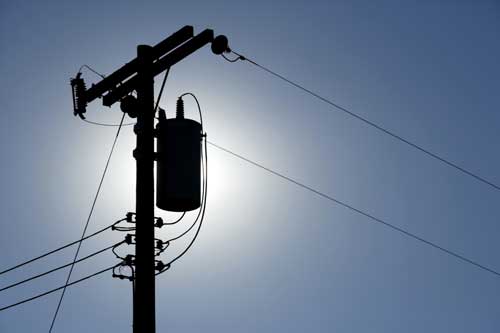
Stray voltage is still lurking around the countryside, said Doug Reinemann, University of Wisconsin-Madison milking equipment specialist, when he spoke at the Midwest Rural Energy Conference last week. Stray voltage is real, he noted, but some signs we believe are associated with it have been proven to not be.
"The effects of electrical exposure on farm animals are well understood and have been studied in great detail for over 50 years," explained Reinemann. The first documented stray voltage research was published in 1962. The studies conducted over the last five decades do not support what some people consider typical signs of a stray voltage problem.
One common perception is that the presence of stray voltage causes higher somatic cell counts and a greater incidence of mastitis. Numerous studies, however, have shown time and again that neither somatic cell count or frequency of mastitis were greater when cows were exposed at levels of stray voltage high enough to cause a behavioral reaction.
A cow behavior often linked to stray voltage is lapping water with the tongue. For years, people have believed that cows experiencing stray voltage will play in water bowls or tanks instead of drinking. The reality is that cows in facilities with stray voltage are likely to drink less often and more at one time in attempt to get their water need filled quickly, said Reinemann. Research studies have clearly proven that lapping water is not a sign of stray voltage.
"Don't let stray voltage ruin your life," emphasized Reinemann, who has spent the past 24 years studying the subject. If you think you have a problem, measure voltage at the cow level. Identify the source, and find the safest, simplest way to fix it.
If there is no voltage there, you shouldn't make a diagnosis of high stray voltage, he said. In that case, other facility, health or management issues may be the root of the problem causing higher somatic cell counts, more mastitis or changes in cow behavior.








